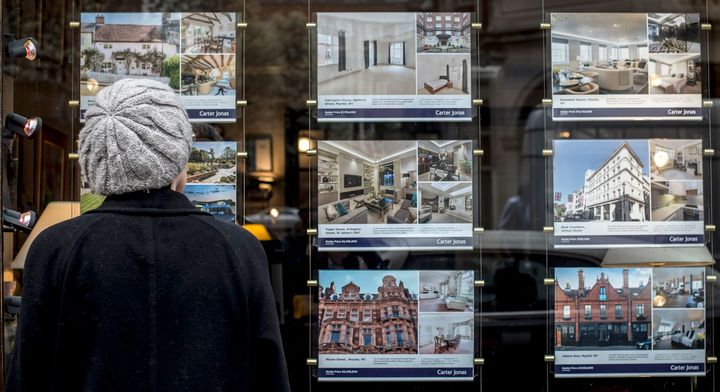
Just 17% of people would be happy for a housing development to be built within half a mile of their home, new research has revealed.
A YouGov survey shows the public are more against new developments in their neighbourhoods than in favour, despite the need to build 250,000 homes each year to solve the housing crisis.
However, 38% of people asked would be happy to have extra social housing within half a mile of their homes – with only 22% unhappy at the prospect.
The survey, commissioned by charity housing association Home Group, comes in light of Theresa May’s promise that a further £2billion would be pumped into the social housing sector.
Last month Communities Secretary Sajid Javid called for a “fundamental rethink of social housing” as he announced a “wide-ranging, top-to-bottom review of the issues facing the sector”.
The investigation will look into the overall quality of social homes, service management, the way social homes and their tenants are taken care of and the rights of tenants.
Home Group chief executive Mark Henderson believes the survey shows that so-called Nimby-ism (‘Not in my back yard’) is on the decline thanks to a changing attitude to social housing.
He said: “It’s heartening to see that there’s an appetite for new-build affordable housing developments. It shows that the work being done to challenge stigma around social housing is paying off.
“As a large, national organisation we build homes of all tenures, however, our core social purpose is to support the more vulnerable members of our society, and it’s wonderful to see that the public attitude is largely supportive of this.

May used her speech to the Conservative Party Conference in Manchester earlier this month to call for end to the “broke housing market” as she vowed to get “government back into the business of building houses.”
She said: “For 30 or 40 years we simply haven’t built enough homes. As a result, prices have risen so much that the average home now costs almost eight times average earnings. And that’s been a disaster for young people in particular.”
According to the Government, building on 174,520 homes began in 2015/16 – up from a low of 119,150 in 2009/10, but well below the boom years of the 1970s when more than 300,000 homes a year were started.
The Government set out plans to tackle the housing crisis in a white paper in February, which included measures such as reducing the time allowed between planning permission being granted and building work beginning.
Polly Neate, chief executive of housing charity Shelter, believes the public are turned off new housing developments because of the type of properties constructed.
She said: “The needs of communities mustn’t be ignored simply because developers are focused on their profits, which too often results in unattractive unaffordable homes.
“This has led to a huge loss of public faith in housebuilding which means people choose to oppose new homes in their local area, rather than get involved in a long planning process only to be ignored at the end.
“The government must bring in a new way of building homes to get the backing of local people for high quality, affordable homes, including the social housing that communities urgently need.
“Our popular postwar New Towns and garden cities are proof of the proud tradition of housebuilding we once had in this country, it’s time to bring this back for the 21st century.”
Labour’s Shadow Housing Secretary John Healey said: “Investing in more genuinely affordable homes doesn’t just bring down housing costs, it’s the best way of increasing support for building new homes too.
“Under Conservative Ministers since 2010, the number of new affordable homes has fallen to a 24 year-low and the definition of ‘affordable’ has been stretched beyond breaking point to include homes for sale at up to £450,000 and at rents of over £1,000 a month.
“Labour will build at least 100,000 genuinely affordable homes to rent and buy a year for families on ordinary incomes, and give local people first dibs on new housing built in their area.”
Total sample size was 2,026 adults. Fieldwork was undertaken between 3rd – 4 October 2017. The survey was carried out online. The figures have been weighted and are representative of all GB adults (aged 18+).
